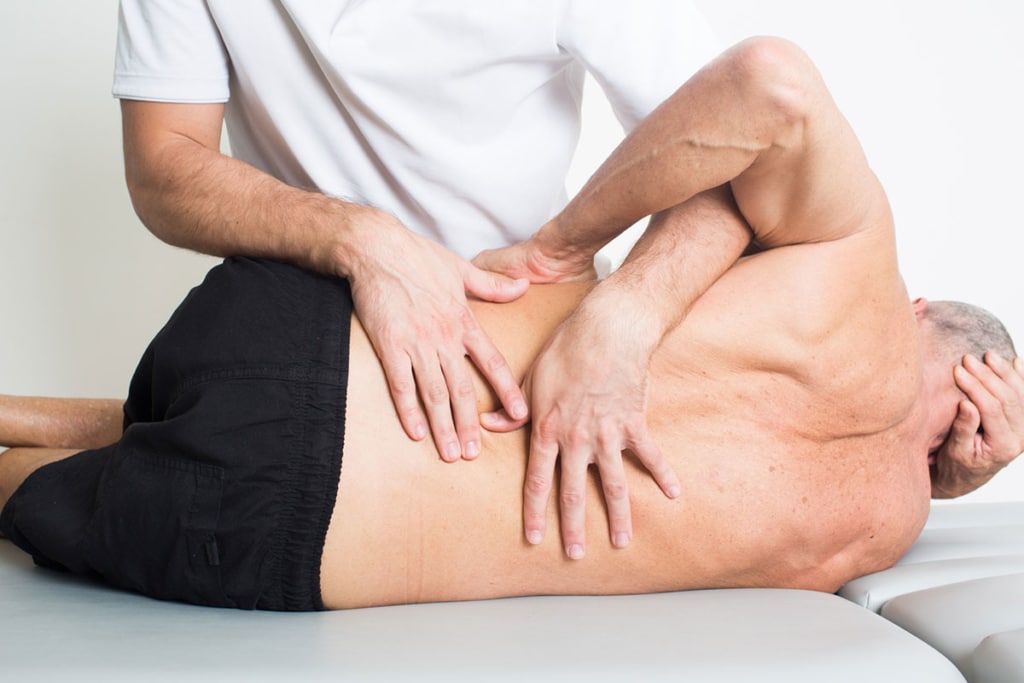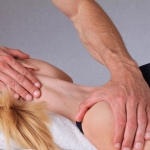Mejorando la calidad de vida de nuestros mayores con osteopatía geriátrica
La osteopatía geriátrica: una terapia manual efectiva para mejorar la calidad de vida en la tercera edad
La osteopatía es una terapia manual que se centra en el diagnóstico y tratamiento de las disfunciones de la estructura corporal, con el objetivo de mejorar la función y la movilidad del cuerpo. A medida que envejecemos, nuestro cuerpo experimenta una serie de cambios naturales que pueden afectar negativamente a nuestra salud y bienestar. Es aquí donde la osteopatía geriátrica puede ayudar a mejorar la calidad de vida de nuestros mayores.
En el centro de osteopatía Pablo del Pino, entendemos la importancia de cuidar la salud de nuestros mayores, y es por eso que ofrecemos tratamientos especializados de osteopatía geriátrica. Nuestro enfoque se basa en una comprensión profunda de la anatomía y fisiología del cuerpo, y en cómo estos cambian con la edad. Nos aseguramos de trabajar en estrecha colaboración con nuestros pacientes geriátricos para entender sus necesidades individuales y personalizar nuestros tratamientos en consecuencia.
Tratamientos personalizados en osteopatía geriátrica para abordar las disfunciones estructurales en personas mayores
En el Instituto IOA, una organización líder en formación y certificación en osteopatía, se ha demostrado la eficacia de la osteopatía geriátrica en el tratamiento de una amplia gama de trastornos relacionados con el envejecimiento. Algunas de estas condiciones incluyen la osteoporosis, la artritis, la esclerosis múltiple, la enfermedad de Parkinson, y el deterioro cognitivo, entre otras.
En el centro de osteopatía Pablo del Pino, utilizamos técnicas manuales seguras y efectivas para abordar las disfunciones musculares, esqueléticas y de tejidos blandos que pueden contribuir a estos problemas de salud. Al hacerlo, ayudamos a nuestros pacientes geriátricos a mejorar su calidad de vida, reducir el dolor, la rigidez y la discapacidad, y recuperar su movilidad y función normal.

Osteopatía geriátrica: un enfoque terapéutico basado en la evidencia científica para tratar diversas condiciones relacionadas con el envejecimiento
En resumen, la osteopatía geriátrica es una terapia manual eficaz y segura para mejorar la calidad de vida de nuestros mayores. En el centro de osteopatía Pablo del Pino en Benalmádena, ofrecemos tratamientos personalizados y basados en la evidencia para ayudar a nuestros pacientes a vivir una vida más saludable y activa. Contacta con nosotros para más información y para reservar tu cita.



